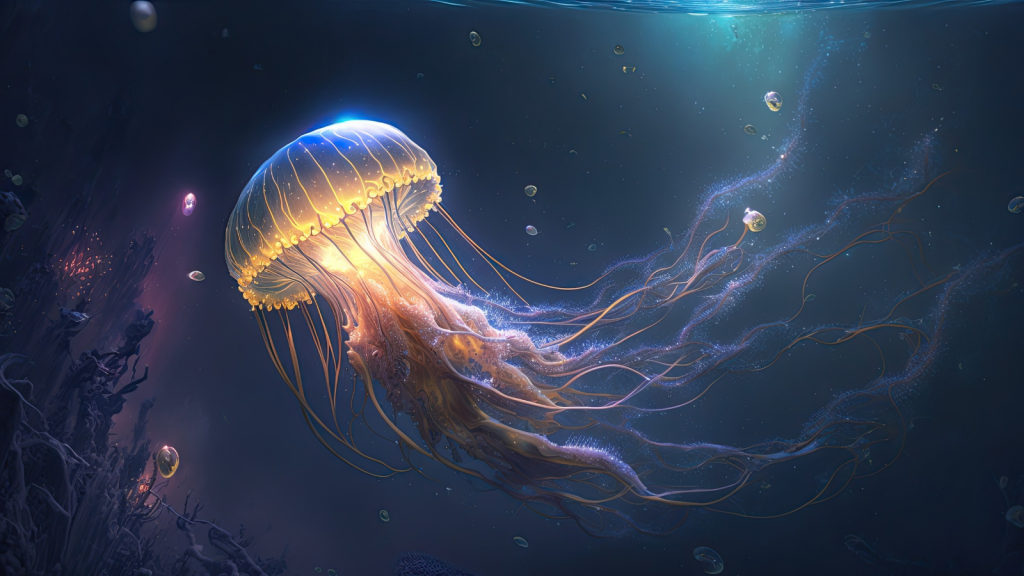The night-time world is full of wonders, and some of the most magical are the creatures that light up the darkness. From the depths of the ocean to your own back garden, these living light shows are a sight to behold. But why do they glow? Is it to attract a mate, scare off predators, or something else entirely? Join us as we explore 17 of nature’s most dazzling creatures and uncover the secrets behind their luminous displays. Get ready to see the natural world in a whole new light!
Fireflies

Fireflies, also known as lightning bugs, are perhaps the most famous glowing creatures. These enchanting insects use their light to attract mates during summer evenings. Male fireflies flash specific patterns to signal their fitness to females, who respond with their own unique flashes if interested. Some firefly species even mimic the flashes of others to lure them in as prey! Remarkably, firefly larvae also glow, but they use this ability to warn predators of their nasty taste.
Anglerfish
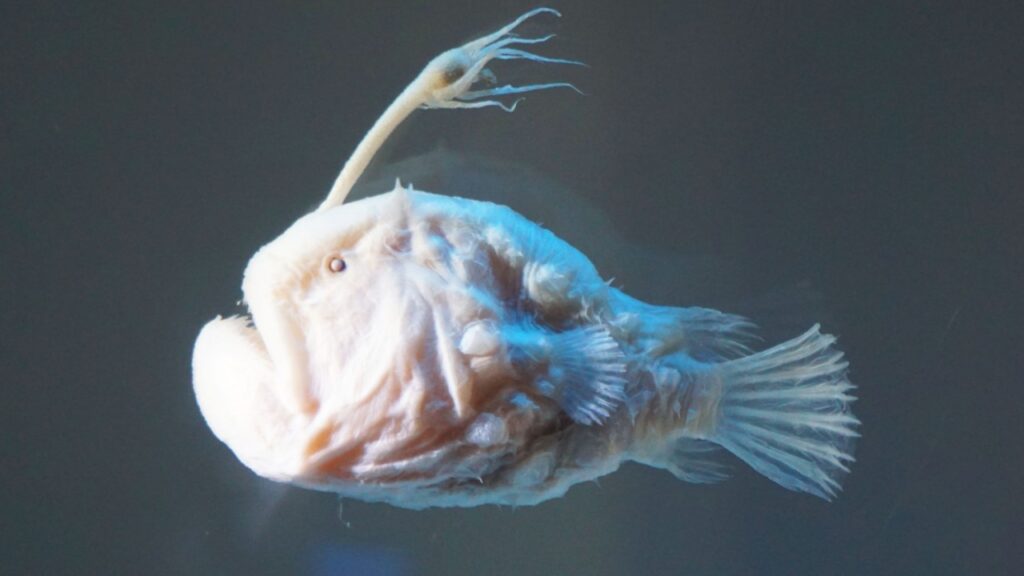
Deep in the ocean’s darkest corners lurks the bizarre anglerfish. This fish has a bioluminescent lure dangling from its head, which it uses to attract smaller fish. When prey swims close to investigate the light, the anglerfish strikes with lightning speed. It’s a clever trick that helps these odd-looking fish survive in the crushing depths where food is scarce. The light is actually produced by symbiotic bacteria living in the anglerfish’s lure, a unique partnership forged in the darkness of the deep sea.
Glow Worms

Glow worms aren’t actually worms at all, but the larvae of certain beetle species. They produce a blue-green light to attract small flying insects, which become tangled in sticky threads the glow worm produces. This glow serves as a sort of “come hither” trap, luring in unsuspecting meals for the hungry larvae. In some species, like the New Zealand glow worm, even the eggs glow, possibly as a way to deter predators.
Bioluminescent Plankton

Tiny plankton create some of the most spectacular light shows in nature. When disturbed, these microscopic organisms emit a brief, bright flash. This phenomenon can turn entire beaches and bays into glowing wonderlands at night. Scientists think this light might serve to startle predators or attract larger animals to eat whatever is trying to eat the plankton. Some species of plankton can produce sustained light for up to 100 hours, creating long-lasting luminous patches in the ocean.
Jellyfish
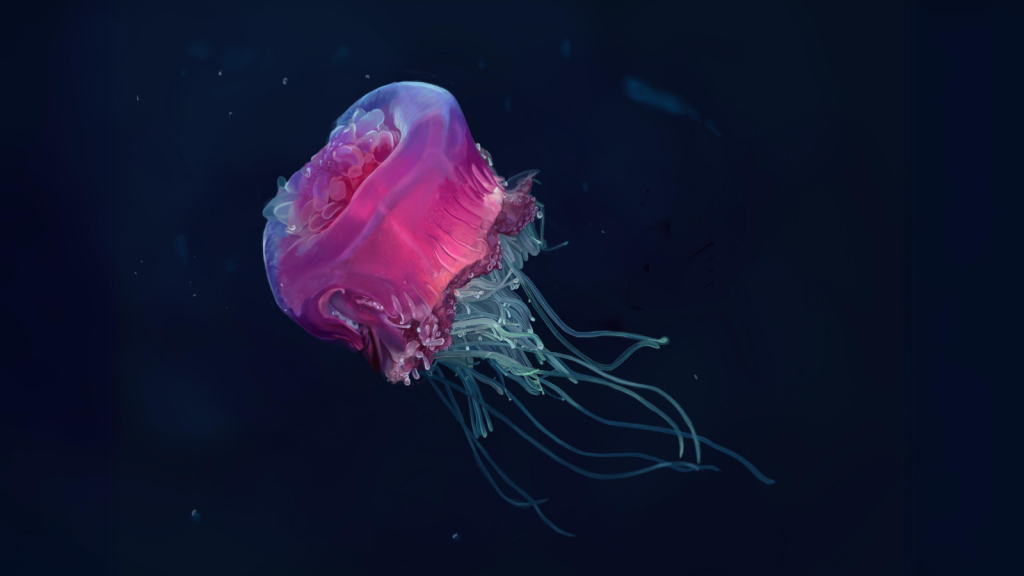
Many jellyfish species can produce their own light, creating ethereal displays in the deep sea. Some use their glow to confuse predators, while others might use it to lure in prey. The crystal jellyfish is particularly special – the genes that make it glow have been used by scientists to create glowing markers for studying diseases. Interestingly, some jellyfish can even change the colour of their bioluminescence, shifting from blue to green depending on their depth in the water.
Lanternfish
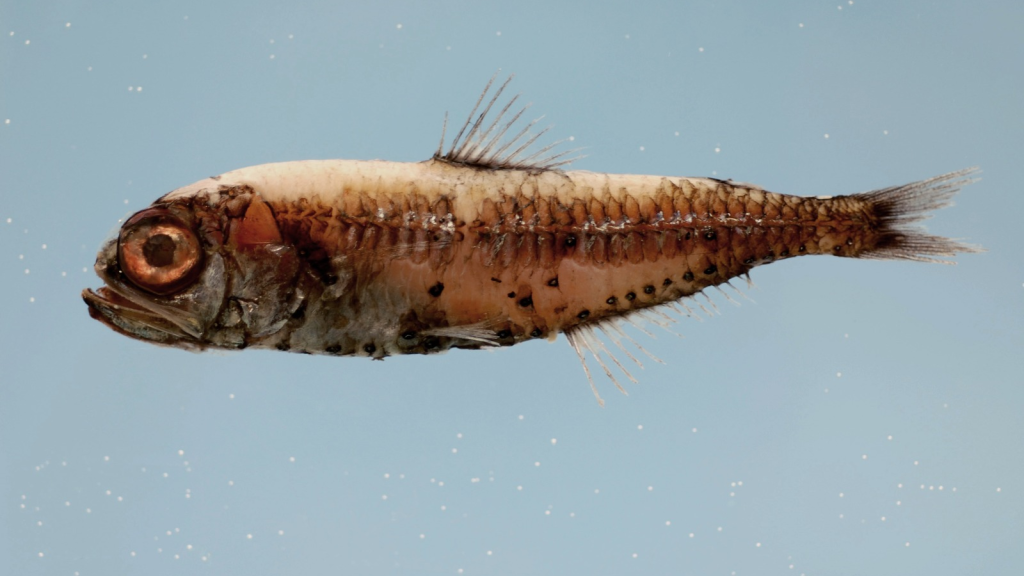
Lanternfish are small, deep-sea fish that have light-producing organs called photophores along their sides. These lights might help them recognise others of their own species in the dark depths. Some scientists think the patterns of lights could also help confuse predators, making it hard to tell which end of the fish is which. Despite their small size (most are less than 15 cm long), lanternfish make up about 65% of all deep-sea fish biomass, playing a crucial role in oceanic food webs.
Flashlight Fish
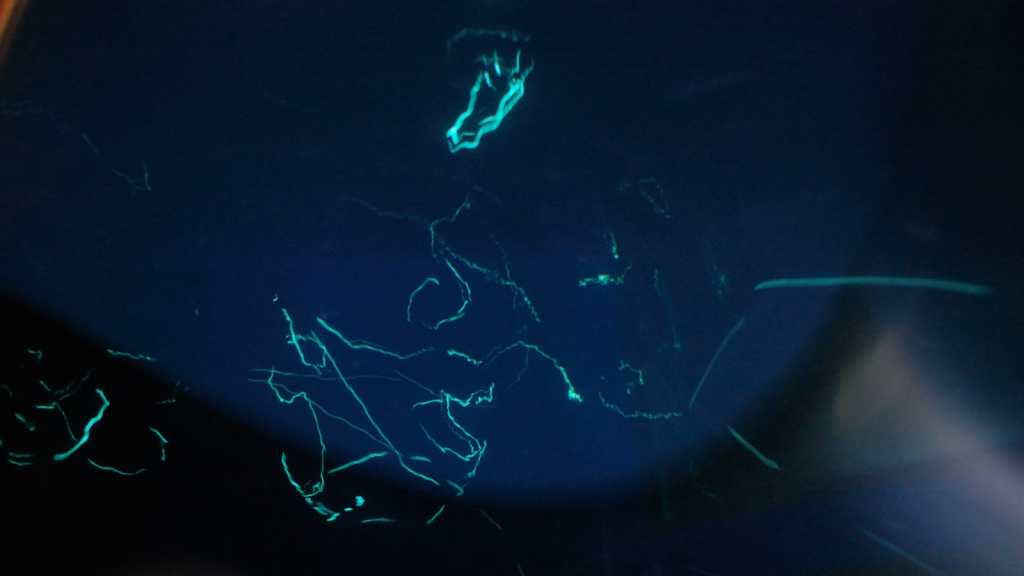
Flashlight fish have special light-producing organs under their eyes. They can switch these “flashlights” on and off quickly, using them to communicate with other flashlight fish and to hunt for food. The light comes from bacteria that live in the fish’s light organs – a brilliant example of cooperation in nature. Some species of flashlight fish can blink their lights up to 75 times per minute, creating a strobe-like effect in the dark waters.
Glowworms
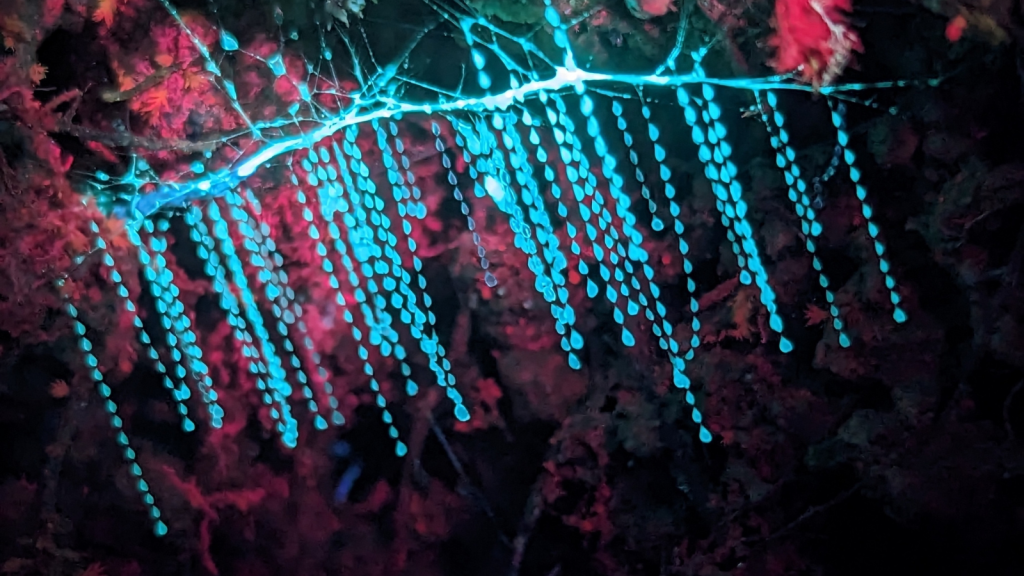
New Zealand’s glowworms are actually the larvae of a type of fly. They create long, sticky threads to catch flying insects, then use their bioluminescent tail to attract prey. Caves full of these glowworms look like starry night skies, drawing in tourists from around the world. The intensity of a glowworm’s light can indicate how hungry it is, with brighter glows signalling a greater need for food.
Dinoflagellates

These tiny sea creatures are responsible for the “sea sparkle” phenomenon. When disturbed, they produce a brief flash of blue light. This might serve to startle predators or to attract larger animals that might eat whatever is disturbing the dinoflagellates. Their light can be so bright that it’s visible from space! Some species of dinoflagellates can produce toxic red tides, making their bioluminescence a beautiful but potentially dangerous sight.
Vampire Squid
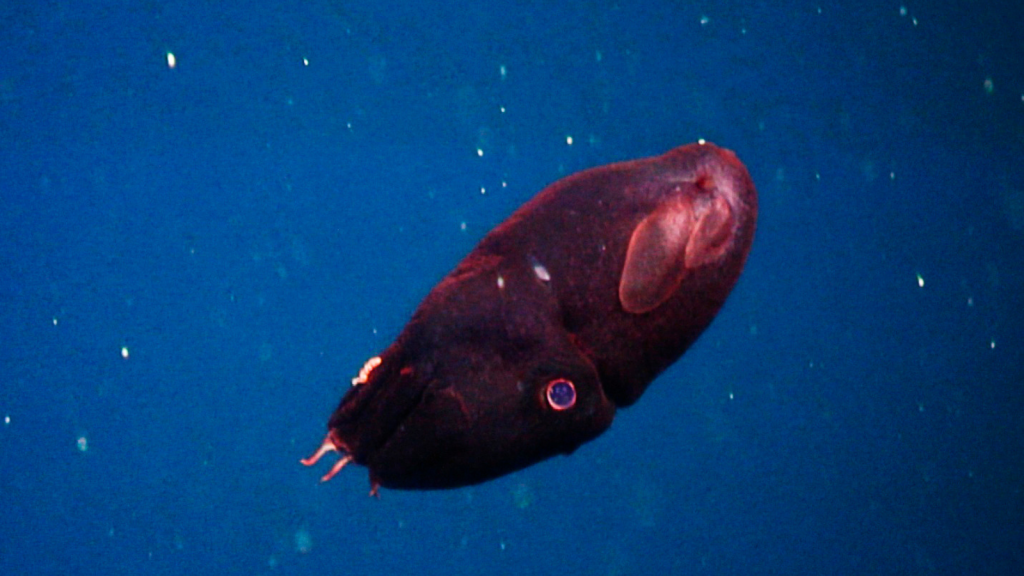
Despite its scary name, the vampire squid is a gentle deep-sea creature. It can produce light all over its body, which it uses to confuse predators. When threatened, it can even release a cloud of glowing mucus to distract attackers while it escapes. Unlike other cephalopods, vampire squids don’t change colour – instead, they rely on their bioluminescence for camouflage and communication.
Lantern Sharks
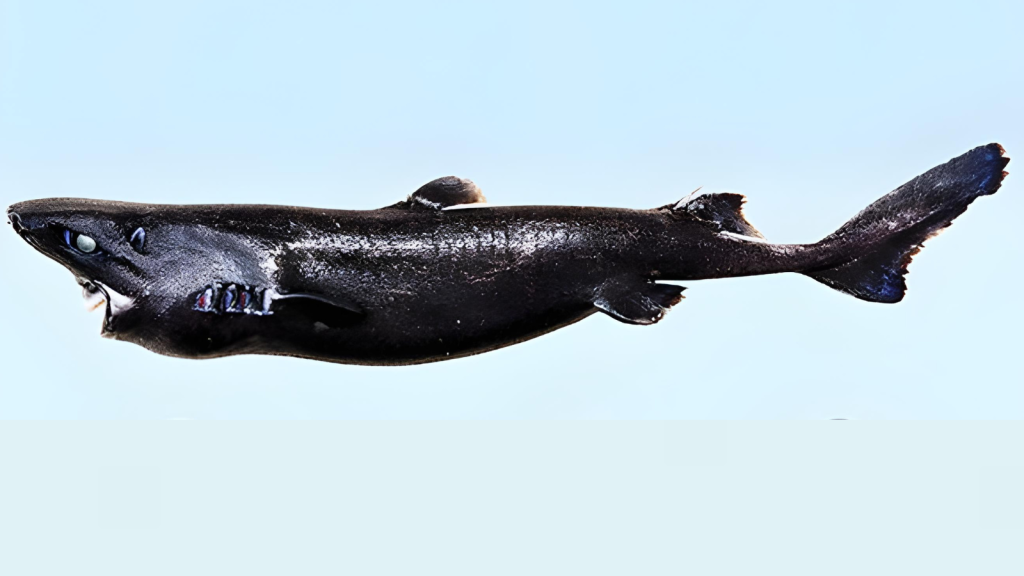
These small sharks have light-producing organs called photophores along their belly and fins. They use this light to camouflage themselves against the faint light from above, making them nearly invisible to predators lurking below. It’s a clever trick that helps these little sharks survive in the dangerous deep sea. Some lantern shark species can even adjust the intensity of their glow to match the changing light conditions as they move up and down in the water column.
Firefly Squid

Every spring, firefly squid gather in huge numbers off the coast of Japan, creating a spectacular light show. They use their ability to glow for communication, camouflage, and possibly to attract mates. Their blue lights are so bright and numerous that they can change the colour of the sea surface. Firefly squid have special light organs in their tentacles that can produce brief, bright flashes, which they might use to momentarily blind or confuse predators.
Glowing Mushrooms
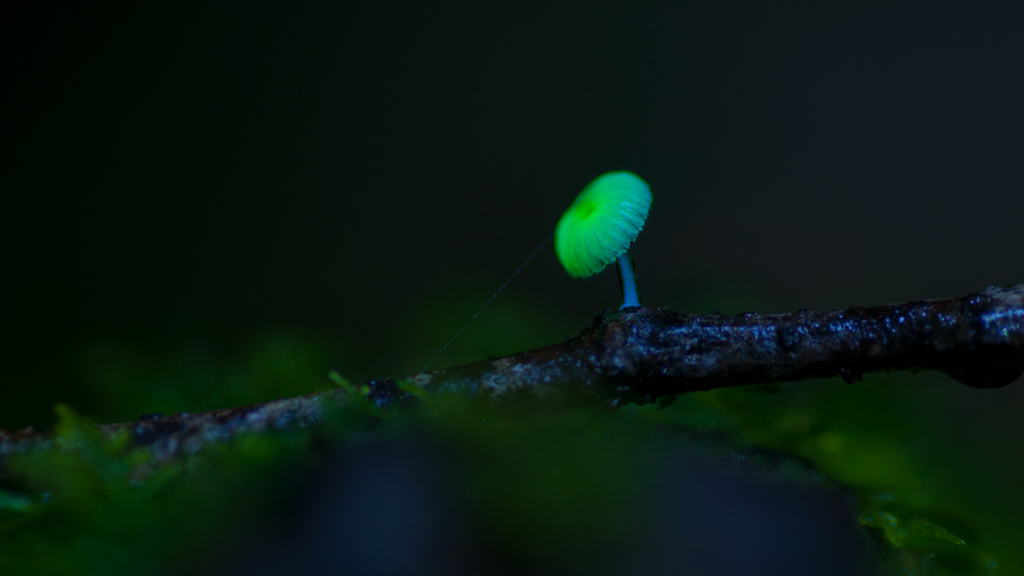
Some mushroom species can glow in the dark, creating an eerie green light in forests at night. Scientists think this might attract insects, which then help spread the mushroom’s spores. These fungi remind us that bioluminescence isn’t just for animals – plants and fungi can get in on the act too! The intensity of a mushroom’s glow often increases during its peak spore-releasing period, maximising its chances of reproduction.
Comb Jellies
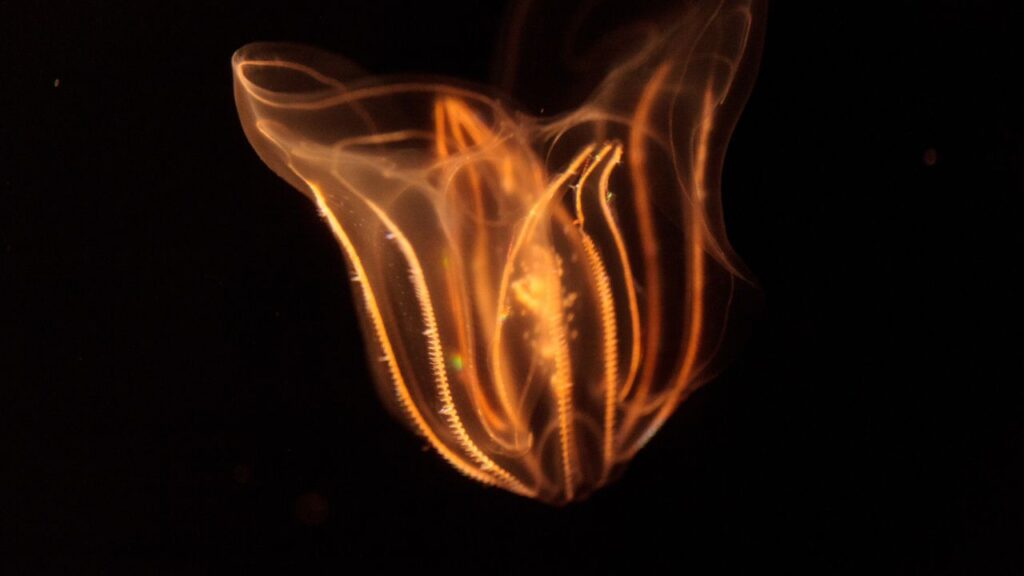
Comb jellies are beautiful sea creatures that produce rainbow-like patterns of light as they move through the water. Unlike other bioluminescent animals, comb jellies don’t produce their own light. Instead, they bend and reflect light in stunning ways, creating a magical light show as they swim. Some species of comb jellies can regenerate their entire body from just a small fragment, a remarkable ability that scientists are studying closely.
Clusterwink Snails
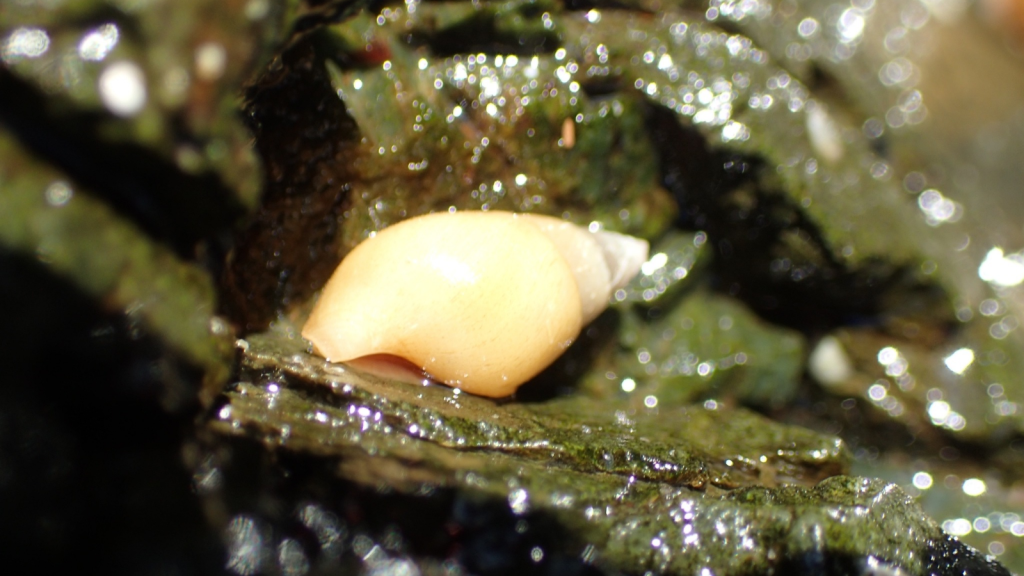
These small sea snails have shells that glow when disturbed. Strangely, their shells are designed to spread the light, making the snail appear much larger than it really is. This might serve to scare off predators who think they’ve encountered a much bigger animal. The clusterwink’s shell is one of the few examples in nature of a biological structure specifically evolved to diffuse light.
Click Beetles
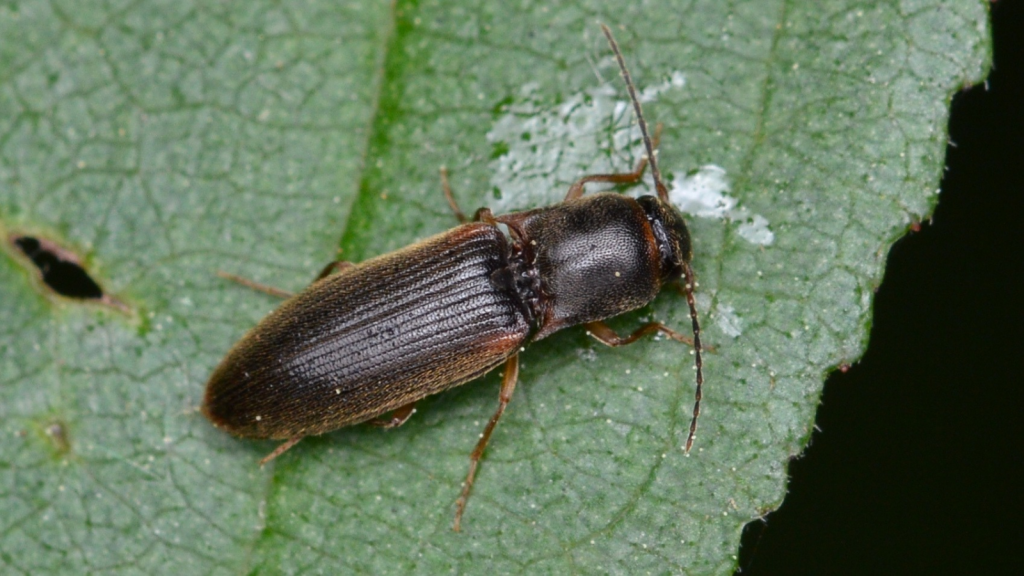
Some species of click beetles can produce light from organs on their head and body. In Central and South America, these beetles were once used as living jewellery! The exact reason for their glow is still a mystery, but it might help them recognise mates or warn predators that they taste bad. Click beetles get their name from their ability to flip themselves over with an audible ‘click’ if they end up on their backs, a feat made possible by a special hinge-like joint in their thorax.
Cookie-Cutter Sharks
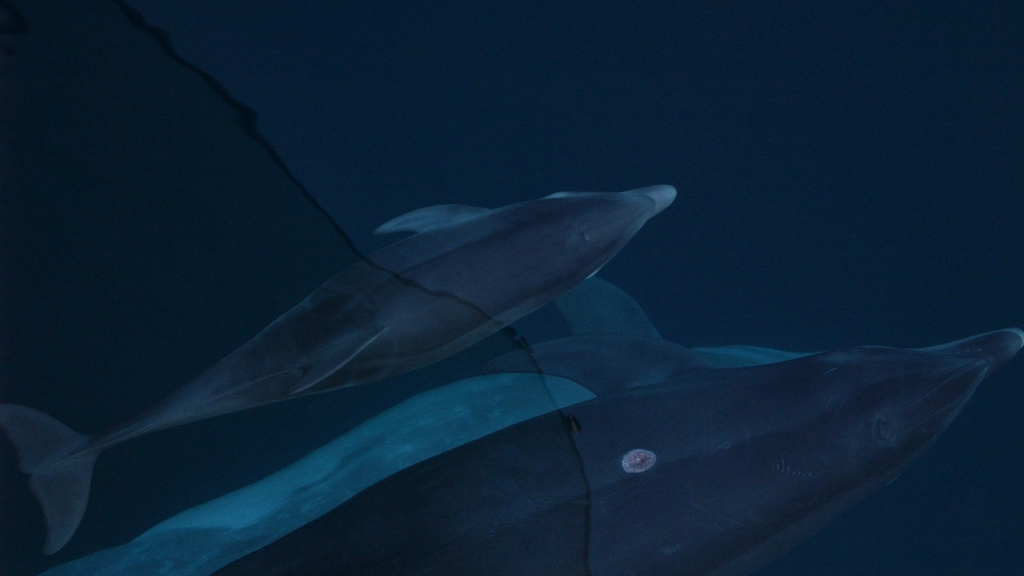
These small, deep-sea sharks have a band of glowing tissue around their throat. This glow might help them blend in with the faint light from above, hiding them from prey swimming below. When a larger fish swims overhead, the shark attacks, leaving a distinctive, cookie-cutter-like wound. Despite their small size (usually less than 50 cm long), cookie-cutter sharks have been known to take bites out of much larger animals, including tuna, whales, and even submarines!
Becky is a fervent wildlife enthusiast and pet care expert with a diploma in canine nutrition. Her love for animals stretches beyond the domestic, embracing the wild tapestry of global fauna. With over a decade of experience in animal welfare, Becky lends her expertise to OutlandishOwl through insightful articles, captivating wildlife information, and invaluable guidance on pet nutrition. Her work embodies a deep commitment to understanding the intricate lives of animals and a passion for educating others on sustaining natural habitats. Becky's hands-on conservation efforts and her knack for translating complex dietary science into practical pet feeding tips make her an indispensable voice for creatures great and small.

